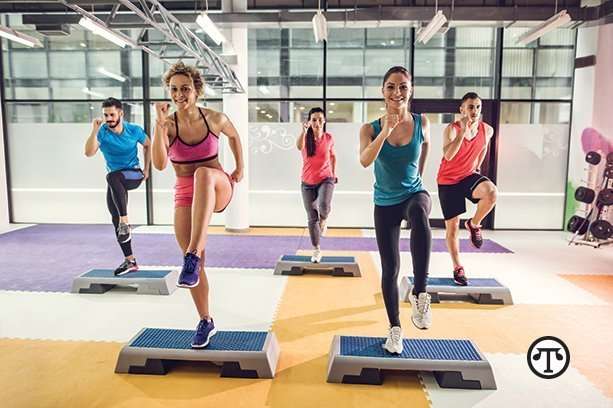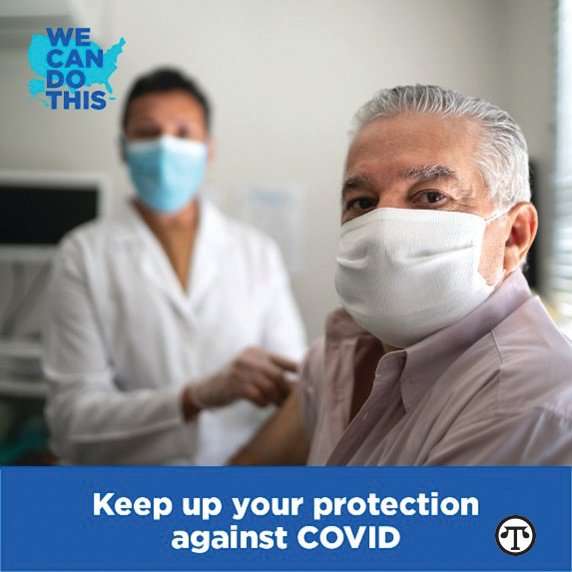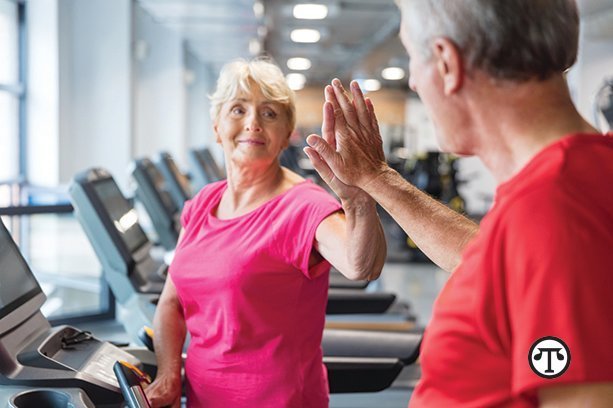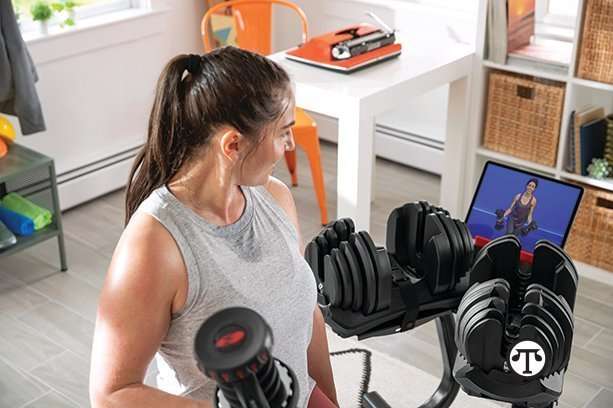FOR YOUR HEALTH: Tips For Maintaining A White And Healthy Smile

For the brightest smile, make sure you use safe and effective products.
(NAPSI)—Taking care of your smile with a daily brushing and flossing routine is the best way to keep teeth clean and healthy. But more and more people in search of an ultra-bright smile are turning to the growing number of over-the-counter teeth whitening products—leaving many confused about the most effective methods and if ongoing use can damage teeth.
“Whitening products contain one of two tooth bleaches, which break stains into smaller pieces, making the discoloration less concentrated and your teeth brighter,” said Kyle Dosch, DDS, a licensed dentist and Delta Dental of Washington’s dental director. “There are several methods of bleaching, including in your dentist’s office or by using over-the-counter bleaching products and whitening strips. As with most medicaments, patients should use caution and not overuse whiteners. Excessive overuse of these bleaching agents may damage tooth enamel or gums, so always follow directions and talk to your dentist to brighten your smile safely.”
Teeth Whitening—What You Need To Know
When deciding the best way to get your teeth whitened (also known as bleaching), consider these points, and have a conversation about your whitening goals with your dentist.
Do whiteners work on all teeth? Whiteners may not correct all types of discoloration. Whitening is only effective on natural teeth and does not work on veneers, caps, crowns or fillings, or tooth discoloration caused by medications or an injury.
What are my teeth bleaching options? Whitening options include stain removal toothpastes, in-office bleaching, at-home bleaching, over-the-counter bleaching products, and even LED lights. For the safest and quickest results, most dentists recommend professional whitening performed in-clinic by a licensed dentist or with at-home kits available through your dentist, which use custom bleaching trays molded to fit each person’s mouth. While over-the-counter trays are available, they often fit incorrectly, causing the bleaching agents to spill onto soft tissues or to be ingested.
Is whitening toothpaste safe to use? Whitening toothpastes are more abrasive to help with surface stains, but they can be damaging to enamel over time. It’s important to discuss with your dentist and, if using, be sure to limit use. Similarly, many whitening chewing gums contain abrasives which scrub the surface of teeth to help remove some surface stains. Because of potential abrasion over time, sugar-free whitening chewing gum should be used only in moderation.
Everything from mouthwash to rinses to dental floss are now offered with whitening ingredients, do these really work? Because effective teeth whitening results from the length of time teeth are in contact with active bleaching agents, mouthwashes, rinses and dental floss are a less-effective whitening choice. Similarly, rinsing with hydrogen peroxide is dangerous if ingested, and therefore is not recommended.
Do natural alternatives such as charcoal really whiten teeth? Activated charcoal whitening products are becoming increasingly popular as people aim to reduce their exposure to chemicals in health and beauty products. As a short-term solution to whitening, it can come with serious long-term damage and is not recommended. With its abrasive properties, it may lead to enamel erosion which may cause tooth sensitivity and make your teeth appear more yellow in color because it will expose the dentin of your teeth. The potential enamel deterioration can also lead to increased susceptibility to cavities.
Will I have side effects from teeth whitening? You may experience tooth sensitivity when beginning to use whitening products. In that case, stop using the product and have a conversation with your dentist about a better approach for you and your teeth. Temporary tooth sensitivity and gingival inflammation are the most common adverse effects of teeth whitening.
There are many reasons for teeth discoloration, including what you eat and drink. Coffee, tea and red wine are staining agents that can affect the white enamel portion of your teeth. Tobacco use, which includes tar and nicotine, can also stain teeth. Aging, some medications, and even injury or trauma to a tooth, can all make our teeth more yellow and less white.
Luckily, some surface stains can be removed during a regular cleaning and don’t require additional whitening treatments. To keep your smile bright and healthy, schedule regular visits to your dentist, maintain a daily dental health routine with brushing and flossing, and avoid foods that can stain your teeth.
Learn More
For additional information about teeth whitening, including an overview of in-office versus at home procedures, how white spots on teeth can potentially be treated through whitening procedures, and other bleaching questions, visit www.deltadentalwa.com/blog.


 by Laura Corbin, Bureau Chief, Bureau of Tobacco Free Florida
by Laura Corbin, Bureau Chief, Bureau of Tobacco Free Florida
 (NAPSI)—Every step of the way, women, especially mothers, have a lot to juggle. While trying to conceive, being pregnant, raising children and going through menopause, their to-do lists are long. One important task which may not be the first to come to mind is maintaining good oral health.
(NAPSI)—Every step of the way, women, especially mothers, have a lot to juggle. While trying to conceive, being pregnant, raising children and going through menopause, their to-do lists are long. One important task which may not be the first to come to mind is maintaining good oral health.


 Saving money, time and trouble on getting quality oral care with a dental savings plan can certainly be something to smile about.
Saving money, time and trouble on getting quality oral care with a dental savings plan can certainly be something to smile about.
